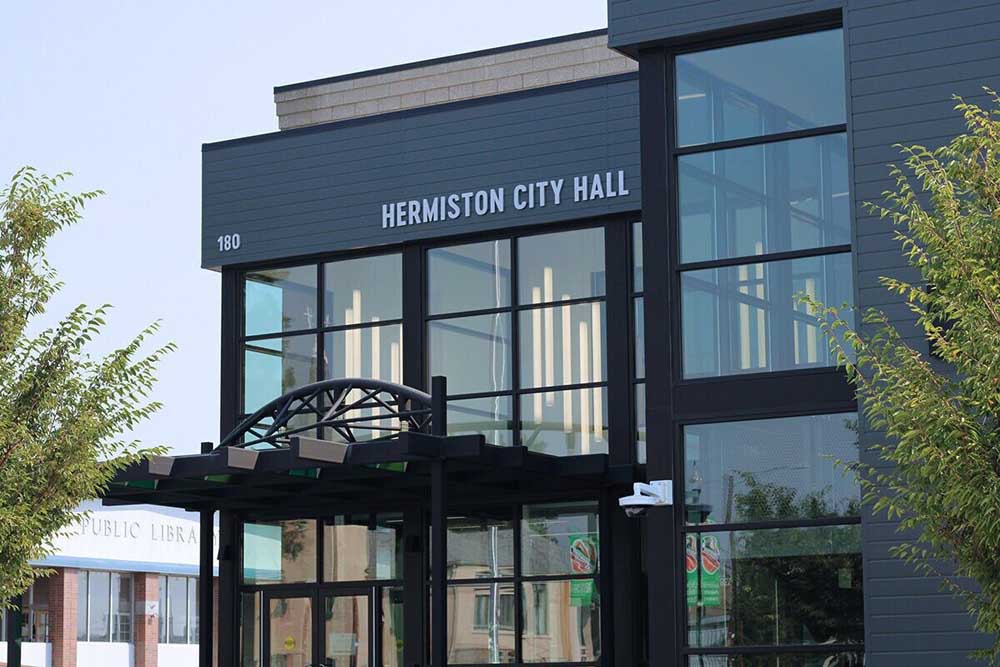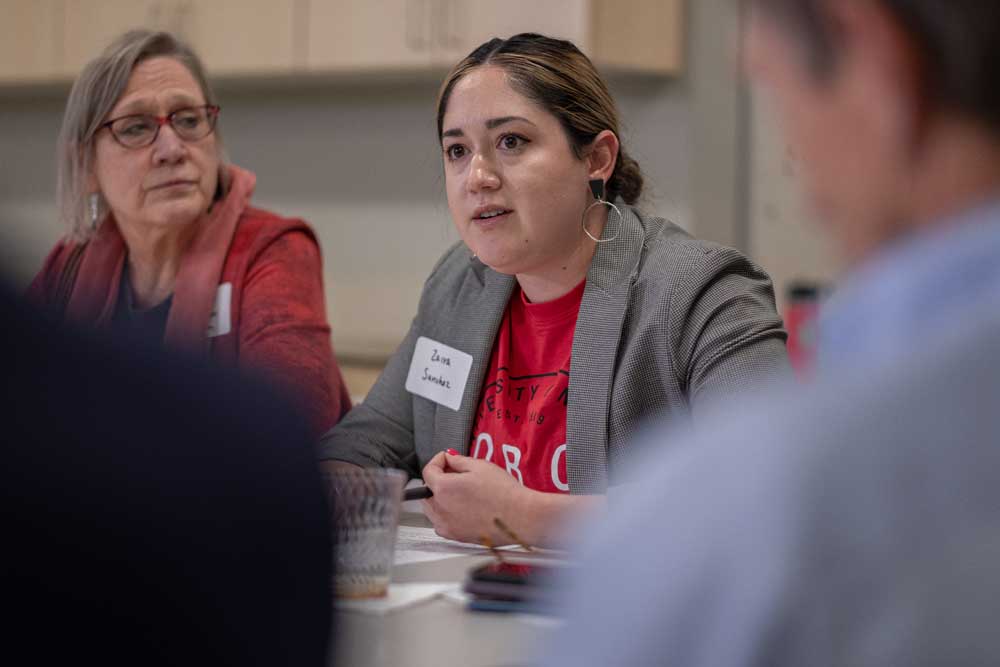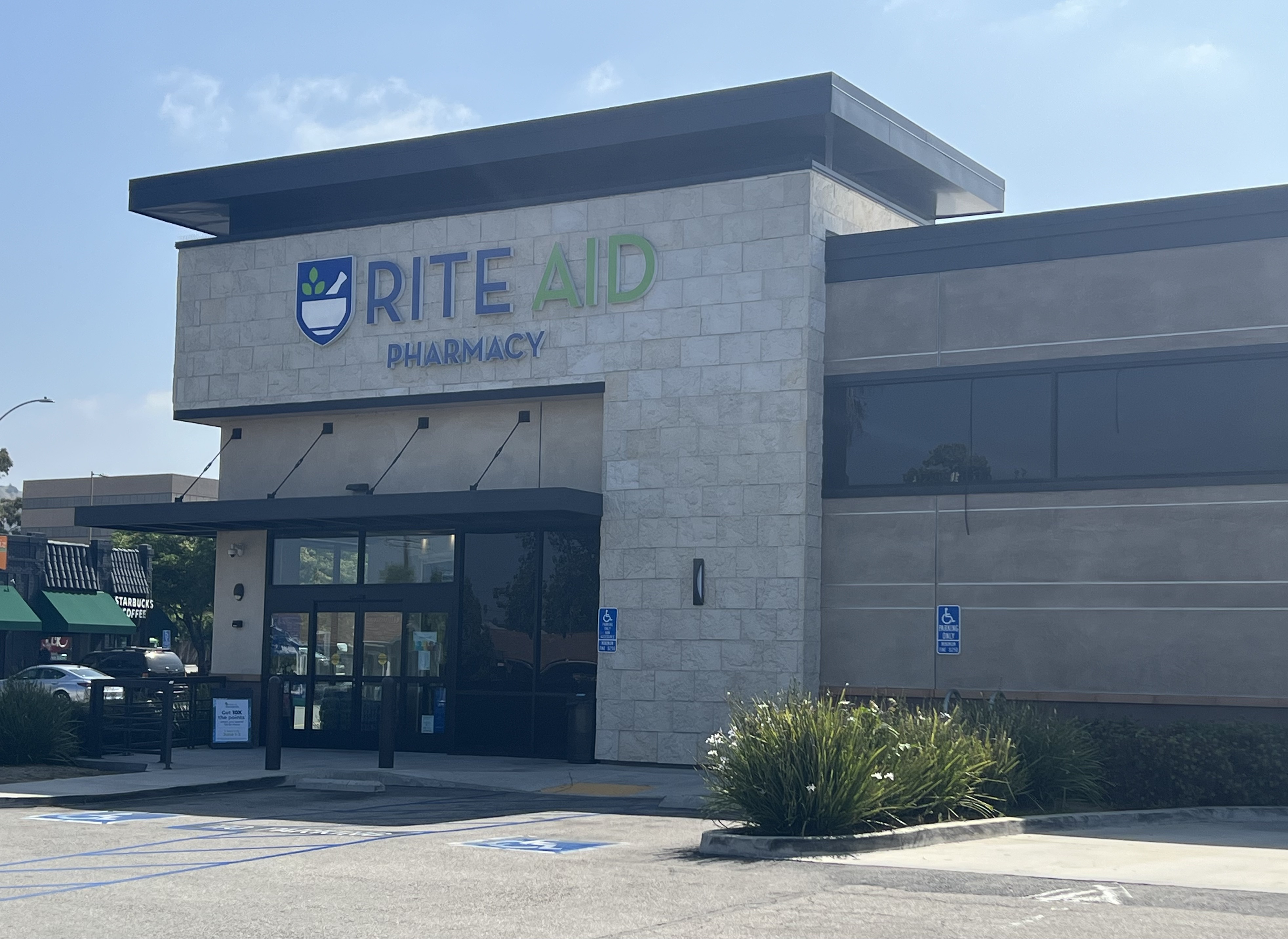American Indian artisans weave lifetime of practice into creations
Published 11:36 am Friday, September 13, 2002
PENDLETON – Bead work, leathercraft, silvercraft and pottery all designed and handmade by American Indians abounds in the individual booths in the Indian Art Show at Roy Raley Park next to the Pendleton Round-Up Grounds.
Lisa Adams is at the Round-Up with her grandsons this year. She learned to bead when she was young and has continued with the craft.
“It’s a way of life, when you grow up in a large family,” said Adams, oldest of 13 children from Phoenix, Ariz.
She comes whenever she can to Round-Up. Her necklaces, anklets, bracelets and hair clips are styled in whatever fashion “comes to mind,” she said.
“Navajos are always supposed to wear a turquoise stone somewhere on their body,” Adams said.
Adams’ sister, Karen Walker of Cameron, Ariz., has a separate booth with beaded pouches and jewelry.
“You get more patient and can do harder, more complicated things as you get older,” Walker said. She began beading when she was 5 years old and also does some rug weaving and silversmithing.
She would much rather do the beadwork than try to knit or crochet. She tried once, she said, but couldn’t pull the thread just right.
“We were raised very strictly,” she said, without a radio, trips to fairs, powwows or parades, so beading and weaving were part of life.
Another booth features dream catchers woven with synthetic sinew, moccasins, drums and other percussion instruments made from turtle shells and rawhide. Barbara, a Cherokee, and Harry, a Shoshone, from Yucca Valley, Calif., weave dream catchers and lace moccasins while talking with customers.
Silversmith Harry Bert of Flagstaff, Ariz. has been coming to the Round-Up for the last five years. He displays beaded jewelry his children make in their spare time between school, homework and other activities. His wife, Veronica Glenis, fashions traditional Hopi and Navajo ceramic pieces with a modern influence. Several jars, bowls and vases add color to his booth.
His silver jewelry is a hobby that for the last 10 years has turned to work, he said. The hard part is to travel to powwows to sell it.
He enjoys designing and cutting the sterling pieces. Many feature overlaid pieces presenting both positive and negative images. Another texturing technique he uses is called “frosting” because it is a sparkly light texture that gives a different appearance to a piece.
“Lots of silver jewelry has stones, so I decided to be different and keep mine plain,” he said.
Many of the belt buckles, bolo ties, earrings, bracelets, pendants and other necklaces exhibit both the positive and negative images of animals and may match another piece with the same image.
Using positive and negative images allows him to use the “scraps” of silver and keep his costs down, he said. It can take as long as eight hours to make one silver bracelet, depending on its design.
—
Contact Sandy Holtz, community editor, at 1-800-522-0255, (ext. 1-225 after hours) or e-mail: sholtz@eastoregonian.com.





